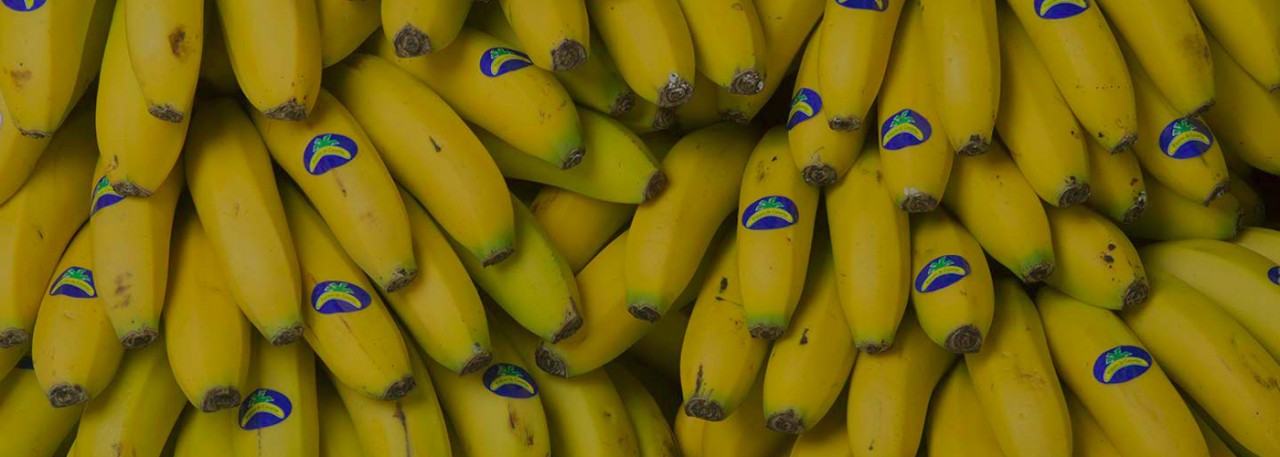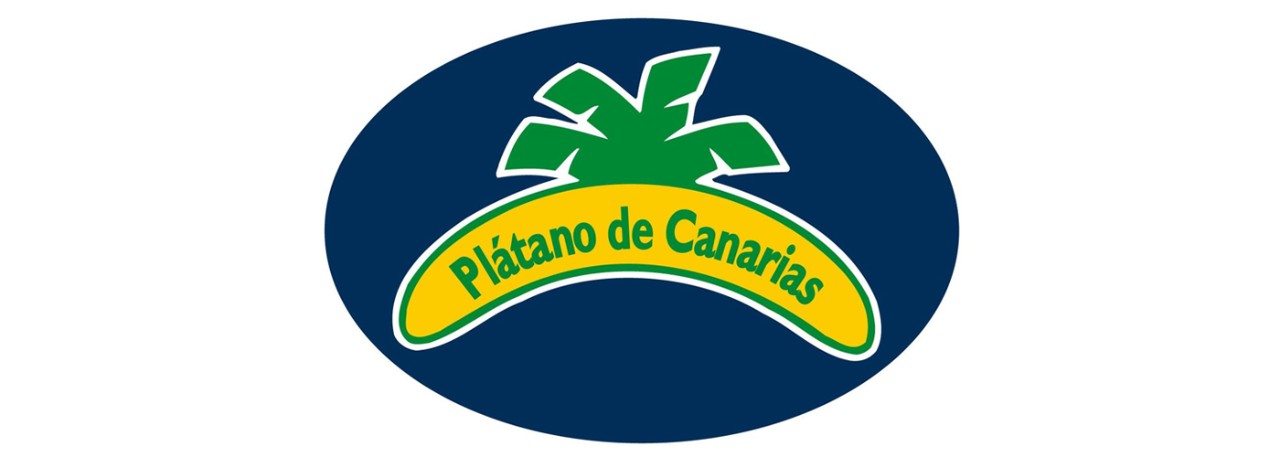.png.transform/rendition-xs/image_image%20(1).png)
Plátano de Canarias PGI
An oblong fruit, which the Musa x paradisiaca L plant produces in clusters of nine, ten or more bunches, weighing up to 50 kg / 110 lb, although they do not normally exceed 30 kg / 66 lb. This fruit has green skin, which becomes yellow when ripe and brown in fermentation. It opens easily to reveal a cylindrically shaped, cream or yellowish colored pulp, the texture of the flesh being slightly resistant to the bite, smooth and shiny at the same time.The banana tree grown in the Canary Islands is a triploid of the Musa Acuminata colla AAA species, corresponding to the Cavendish variety. Within this variety, there are various cultivars such as Pequeña Enana (PE), Gran Enana (GE), Johnson, Gruesa and Brier (mutations of PE) and other unusual types like Zelig and Williams.The various cultivars are very similar and are all marketed with the Plátano de Canarias brand, without distinction.
Tasting notes
The flesh of the Canary Islands banana has a more intense yellow color than other banana varieties. The Canary Islands banana also has great sweetness intensity (more °Brix). With regard to firmness, the pulp of the Canary Islands banana is slightly firmer than the common banana.
Other notes
It is usually shorter and lighter than the average banana from Latin America The dark brown specks on its skin (although when fully ripe they are not always differentiable), due to the activity of certain enzymes because of the longer time the fruit spends on the tree, are one of its main distinguishing aspects, making the Canary Islands banana famous for its specks. The tones of the pulp go from ivory white, through cream to yellow.
The characteristic sweetness of the Canary Islands banana is the result of its high sugar content, which reaches 20% of its weight when fully ripe, and therefore it is high in energy and easy to digest. Calibration, which is mandatory, is based on the length and thickness of the fruit, the minimum values being 14 cm / 5.5 in and 27 mm / 1 in, respectively. Another characteristic is its oblong shape, with more pronounced curvature than in most bananas from other sources.
Production / Processing method
The banana tree is a monocotyledon plant from the Musa family. The main varieties that are grown in the Canary Islands are a triploid of the Musa Acuminata species.
The optimum temperature for growing bananas is around 25ºC at an altitude below 300 metres; conditions which are only found in Europe the Canary Islands. Additionally, bananas need a good amount of light, quite a lot of humidity and sand-based soil that still has enough clay and silt, with good porosity and an acidic PH.
The period from the seeding of the mother plant until the bunch appears takes approximately 10 to 12 months. Once the bunch has formed, processes such as the tying, bagging and deflowering take place.
The tying or fastening is carried out to stop the plant from falling due to the weight of the bunch or from the wind, and protects the bananas. Bagging the bunch consists in placing a plastic covering over the bunch, encouraging the uniform filling of the fruit and preventing attacks from plagues and from rubbing marks in the field and during transportation. The deflowering process consists in manually removing the feminine flower (where the banana is born) from the end of each piece of fruit one by one.
Geography / Relief and climate
The Canary Islands archipelago comprises seven main islands and six islets; with a total area is 7,446 Km². Administratively, it is divided into two provinces, Las Palmas de Gran Canaria and Santa Cruz de Tenerife. It is an autonomous region with capital status shared between the cities of Las Palmas de Gran Canaria and Santa Cruz de Tenerife. The islands of Fuerteventura, Gran Canaria and Lanzarote form the eastern province, while La Gomera, La Palma, Tenerife and El Hierro form the western province.
One of the predominant features of the Islands’ physical environment is their mountainous composition, all of them having an abrupt relief. This feature, along with the composition of the land (fields of volcanic ash and slag), the great number of ravines and only partially developed soils, greatly reduces the amount of land suitable for agriculture. Moreover, the Canary Islands do not have authentic rivers, but streams with a low volume of water and little rainfall, with the exception of the northern slopes. The Islands have very diverse climates, with mild temperatures showing little contrast, so that seasonal changes are not very marked.
Regulatory Council
Asociación de Organizaciones de Productores de Plátano de Canarias (ASPROCAN)
Avda. José Manuel Guimerá, 3-5º, pisos C y D
38003 Santa Cruz de Tenerife
Tel: (+34) 922 53 51 42
asprocan@platanodecanarias.net
www.platanodecanarias.net
Sources:
- Spanish Ministry of Agriculture
- ASPROCAN
The Canary Islands banana is famous for its specks.


- /content/dam/en/icex-foodswines/images/products/fruits---vegetables/plátano-de-canarias-pgi/Plátano%20de%20Canarias%20PGI%20carr1.jpg
- /content/dam/en/icex-foodswines/images/products/fruits---vegetables/plátano-de-canarias-pgi/Plátano%20de%20Canarias%20PGI%20carr2.jpg

Santa Cruz de Tenerife (Canary Islands)
